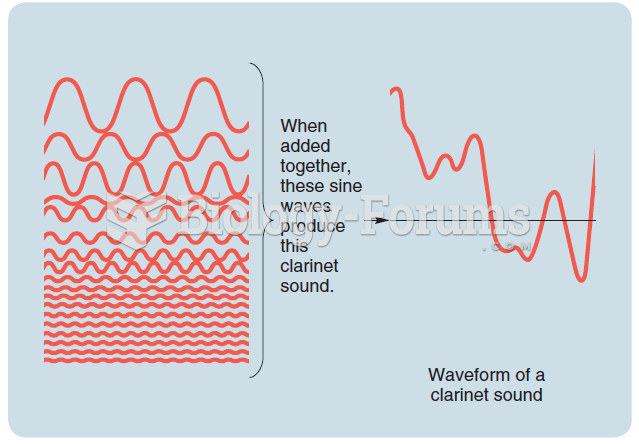Answer to Question 1
A case of first impression is a case presenting a legal issue that has not yet been addressed by a court in a particular jurisdiction.
When deciding a case of first impression, or when there are conflicting precedents, courts may consider a number of factors, including legal principles and policies underlying previous court decisions or existing statutes, fairness, social values and customs, public policy (a governmental policy based on widely held societal values), and data and concepts drawn from the social sciences. Which of these sources is chosen or receives the greatest emphasis will depend on the nature of the case being considered and the particular judge hearing the case. Judges try to be free of personal bias in deciding cases. Each judge, however, has a unique personality, set of values or philosophical leanings, and intellectual attributesall of which necessarily frame the decision-making process.
Answer to Question 2
A primary source of law is a document that establishes the law on a particular issue. Primary sources of law include the following:
Case law and common law doctrines.
The U.S. Constitution and the constitutions of the various states.
Statutory law, including laws passed by Congress, state legislatures, and
local governing bodies.
Regulations created by administrative agencies.
A secondary source of law is any publication that indexes, summarizes, or interprets the law. Secondary sources of law include legal encyclopedias, treatises, articles in law reviews, and compilations of law, such as the Restatements of the Law.







